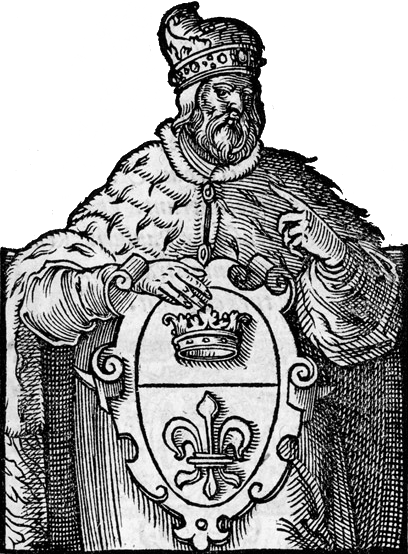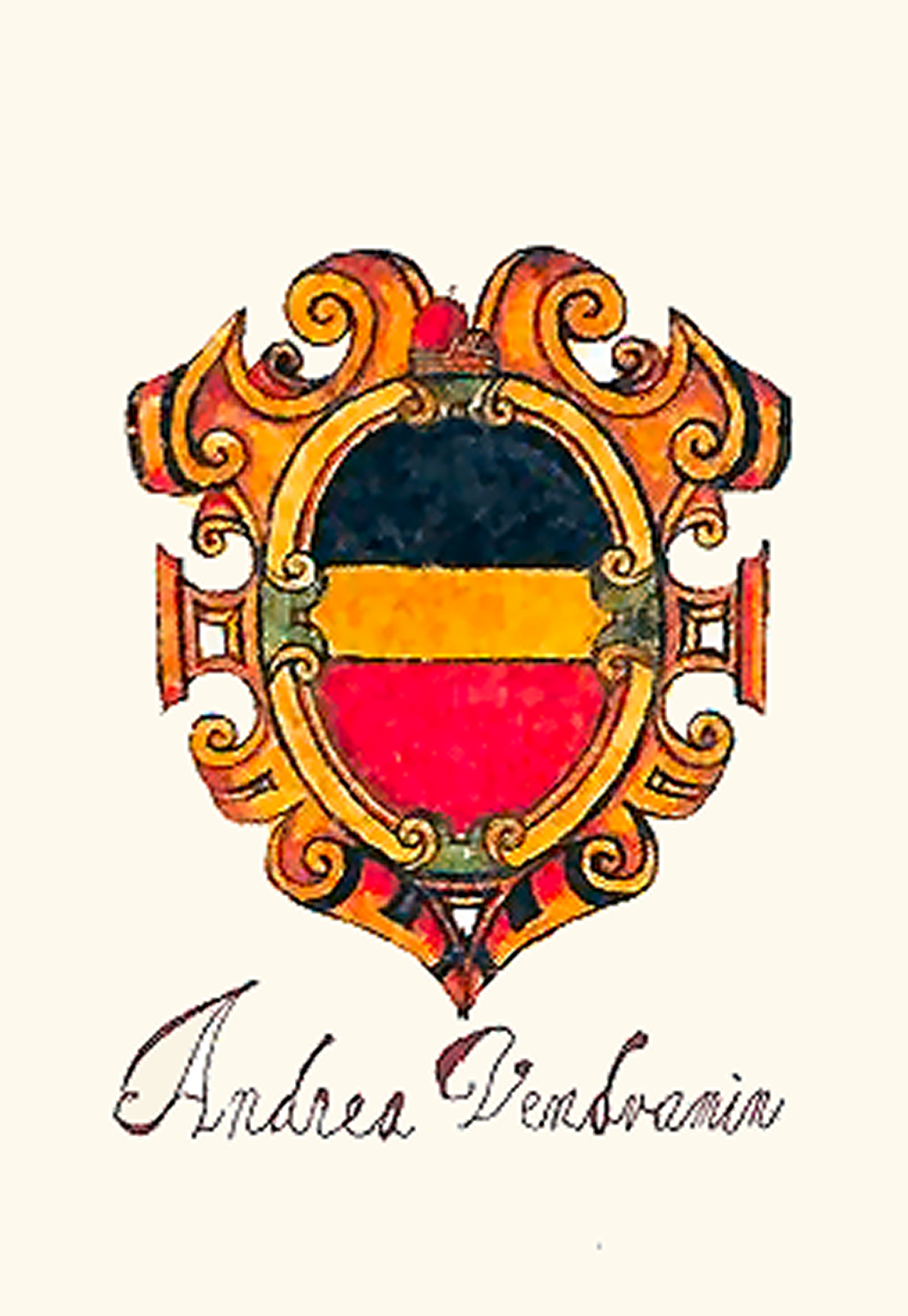|
Nicolò Marcello
His tomb Nicolò Marcello (c. 1399 – 1 December 1474) was the 69th Doge of Venice, elected in 1473. He held office for a short period, from 13 August 1473 to 1 December 1474. Said to have been inspired by a previous painting dating from the 15th century, Titian painted Nicolo Marcello's portrait long after his death. Life Born a member of the Marcello family, Nicolò was a trader with the Orient before he undertook various important public positions in the Republic of Venice such as provost of the Council of Ten, ducal councillor The Minor Council ( it, Minor Consiglio) or Ducal Council was one of the main constitutional bodies of the Republic of Venice, and served both as advisors and partners to the Doge of Venice, sharing and limiting his authority. Establishment The Mi ..., and procurator of St Mark's. Marcello married twice: first with Bianca Barbarigo family, Barbarigo and later with Contarina Contarini, with whom he had a daughter. Doge In the 1473 election for ... [...More Info...] [...Related Items...] OR: [Wikipedia] [Google] [Baidu] |
Titian
Tiziano Vecelli or Vecellio (; 27 August 1576), known in English as Titian ( ), was an Italians, Italian (Republic of Venice, Venetian) painter of the Renaissance, considered the most important member of the 16th-century Venetian school (art), Venetian school. He was born in Pieve di Cadore, near Belluno. During his lifetime he was often called ''da Cadore'', 'from Cadore', taken from his native region. Recognized by his contemporaries as "The Sun Amidst Small Stars" (recalling the final line of Dante Alighieri, Dante's ''Paradiso (Dante), Paradiso''), Titian was one of the most versatile of Italian painters, equally adept with portraits, landscape backgrounds, and mythological and religious subjects. His painting methods, particularly in the application and use of colour, exercised a profound influence not only on painters of the late Italian Renaissance, but on future generations of Art of Europe, Western artists. His career was successful from the start, and he became sought ... [...More Info...] [...Related Items...] OR: [Wikipedia] [Google] [Baidu] |
Contarini
The House of Contarini is one of the founding families of Venicehttps://archive.org/details/teatroaraldicose02tett, Leone Tettoni. ''Teatro araldico ovvero raccolta generale delle armi ed insegne gentilizie delle piu illustri e nobili casate che esisterono un tempo e che tutora fioriscono in tutta l'italia'', 1841. pagina 578 - 591 and one of the oldest families of the Italian Nobility. In total eight Doges to the Republic of Venice emerged from this family, as well as 44 Procurators of San Marco, numerous ambassadors, diplomats and other notables. Among the ruling families of the republic, they held the most seats in the Great Council of Venice from the period before the Serrata del Maggior Consiglio when Councillors were elected annually to the end of the republic in 1797. The Contarini claimed to be of Roman origin through their patrilineal descendance of the Aurelii Cottae, a branch of the Roman family Aurelia, and traditionally trace their lineage back to Gaius Aurel ... [...More Info...] [...Related Items...] OR: [Wikipedia] [Google] [Baidu] |
Procurators Of Saint Mark
The office of Procurator of Saint Mark ( Venetian: Procurador de San Marco) was one of the few lifetime appointments in the government of the Venetian Republic and was considered second only to that of the doge in prestige. Da Mosto, ''L'Archivio di Stato di Venezia…'', p. 25 It was routinely occupied by nobles belonging to the most influential families and typically represented the climax of a distinguished political career, although it was often an intermediate position prior to election as doge.In the 1663 edition of ''Venetia città nobilissima et singolare...'', Martinioni records 40 procurators who, beginning in 1275, were subsequently elected doge. For the complete list, see Sansovino and Martinioni, ''Venetia città nobilissima et singolare...'', 1663 edn., pp 299–300. Origins The office of procurator of Saint Mark originated in the ninth century with a single procurator , nominated to assist the doge in the administration of the Church of Saint Mark, the duc ... [...More Info...] [...Related Items...] OR: [Wikipedia] [Google] [Baidu] |
15th-century Doges Of Venice
The 15th century was the century which spans the Julian dates from 1 January 1401 ( MCDI) to 31 December 1500 ( MD). In Europe, the 15th century includes parts of the Late Middle Ages, the Early Renaissance, and the early modern period. Many technological, social and cultural developments of the 15th century can in retrospect be seen as heralding the "European miracle" of the following centuries. The architectural perspective, and the modern fields which are known today as banking and accounting were founded in Italy. The Hundred Years' War ended with a decisive French victory over the English in the Battle of Castillon. Financial troubles in England following the conflict resulted in the Wars of the Roses, a series of dynastic wars for the throne of England. The conflicts ended with the defeat of Richard III by Henry VII at the Battle of Bosworth Field, establishing the Tudor dynasty in the later part of the century. Constantinople, known as the capital of the wor ... [...More Info...] [...Related Items...] OR: [Wikipedia] [Google] [Baidu] |
Year Of Birth Uncertain
A year or annus is the orbital period of a planetary body, for example, the Earth, moving in Earth's orbit, its orbit around the Sun. Due to the Earth's axial tilt, the course of a year sees the passing of the seasons, marked by change in weather, the hours of daylight, and, consequently, vegetation and soil fertility. In temperate and subpolar climate, subpolar regions around the planet, four seasons are generally recognized: spring (season), spring, summer, autumn and winter. In tropics, tropical and subtropics, subtropical regions, several geographical sectors do not present defined seasons; but in the tropics#Seasons and climate, seasonal tropics, the annual wet season, wet and dry seasons are recognized and tracked. A calendar year is an approximation of the number of days of the Earth's orbital period, as counted in a given calendar. The Gregorian calendar, or modern calendar, presents its calendar year to be either a common year of 365 days or a leap year of 366 days, a ... [...More Info...] [...Related Items...] OR: [Wikipedia] [Google] [Baidu] |
1474 Deaths
Year 1474 ( MCDLXXIV) was a common year starting on Saturday (link will display the full calendar) of the Julian calendar. Events January–December * February – The Treaty of Utrecht puts an end to the Anglo-Hanseatic War. * March 19 – The Senate of the Republic of Venice enacts the ''Venetian Patent Statute'', one of the earliest patent systems in the world. New and inventive devices, once put into practice, have to be communicated to the Republic to obtain the right to prevent others from using them. This is considered the first modern patent system. * July 25 – By signing the Treaty of London, Charles the Bold of Burgundy agrees to support Edward IV of England's planned invasion of France. * December 12 – Upon the death of Henry IV of Castile, a civil war ensues between his designated successor Isabella I of Castile, and her niece Juana, who is supported by her husband, Afonso V of Portugal. Isabella wins the civil war after a lengthy struggl ... [...More Info...] [...Related Items...] OR: [Wikipedia] [Google] [Baidu] |
1390s Births
139 may refer to: * 139 (number), an integer * AD 139 Year 139 ( CXXXIX) was a common year starting on Wednesday (link will display the full calendar) of the Julian calendar. At the time, in Western civilization, it was known as the Year of the Consulship of Hadrianus and Praesens (or, less frequ ..., a year of the Julian calendar * 139 BC, a year of the pre-Julian Roman calendar * 139 (New Jersey bus) See also * 139th (other) {{numberdis ... [...More Info...] [...Related Items...] OR: [Wikipedia] [Google] [Baidu] |
List Of Doges Of Venice
The following is a list of all 120 of the Doges of Venice ordered by the dates of their reigns. For more than 1,000 years, the chief magistrate and leader of the city of Venice and later of the Most Serene Republic of Venice was styled the ''Doge'', a rare but not unique Italian title derived from the Latin Dux. Doges of Venice were elected for life by the city-state's aristocracy. The Venetian combination of elaborate monarchic pomp and a republican (though "aristocratic") constitution with intricate checks and balances makes "''La serenissima''" (Venice) a textbook example of a crowned republic. Despite the great power given to them, the Venetian Doges were restricted by law (unlike the Doges of the Republic of Genoa) to spend the rest of their lives inside the Doge's Palace complex and St Mark's Basilica, occasionally leaving for diplomatic reasons. Byzantine period Magister militum per Venetiae Ducal period Republican period Legacy After the Fall of the Republic of ... [...More Info...] [...Related Items...] OR: [Wikipedia] [Google] [Baidu] |
Basilica Dei Santi Giovanni E Paolo (Venice)
The Basilica dei Santi Giovanni e Paolo, known in Venetian as San Zanipolo, is a church in the Castello ''sestiere'' of Venice, Italy. One of the largest churches in the city, it has the status of a minor basilica. After the 15th century the funeral services of all of Venice's doges were held here, and twenty-five doges are buried in the church. Description The huge brick edifice was designed in the Italian Gothic style, and completed in the 1430s. It is the principal Dominican church of Venice, and as such was built to hold large congregations. It is dedicated to John and Paul, not the Biblical Apostles of the same names, but two obscure martyrs of the Early Christian church in Rome, whose names were recorded in the 4th century but whose legend is of a later date. In 1246, Doge Jacopo Tiepolo donated some swampland to the Dominicans after dreaming of a flock of white doves flying over it. The first church was demolished in 1333, when the current church was begun. It was not ... [...More Info...] [...Related Items...] OR: [Wikipedia] [Google] [Baidu] |
Pietro Lombardo (c
Monument of the Doge Pietro Mocenigo 1481 :''Pietro Lombardo is also the Italian version of the name of the theologian Peter Lombard.'' Pietro Lombardo (1435–1515) was an Italian Renaissance sculptor and architect; born in Carona (Ticino), he was the father of Tullio Lombardo and Antonio Lombardo. ''''. Web. 18 Jun. 2011. In the late 15th century, Pietro Lombardo sculpted many Venetian tombs with the help of his sons. These tombs included those of |
Andrea Vendramin
Tomb of Andrea Vendramin in Santi Giovanni e Paolo, Venice Andrea Vendramin (1393 – May 5, 1478, both Venice) served as Doge of Venice, 1476–78, at the height of Venetian power, the only member of the Vendramin family to do so. His mother, Maria Michiel, and his wife Regina Gradenigo, both came from Dogal families. He had served as Venetian Procurator in Rome, and his brief reign was largely concerned with the end of the Second Turkish–Venetian War. He probably died of plague. The process of his election as Doge resulted in a divisive split in the Council, that resulted in bad feelings: in 1477 Antonio Feleto was imprisoned, then banished, for remarking in public that the Council of the Forty-One must have been hard-pressed to elect a cheesemonger Doge. The diarist Malipiero noted that Andrea Vendramin at the time of his election was worth 160,000 ducats, after allowing for 6 to 7000 ducats with which he had endowed each of six daughters, in order to procure politica ... [...More Info...] [...Related Items...] OR: [Wikipedia] [Google] [Baidu] |





